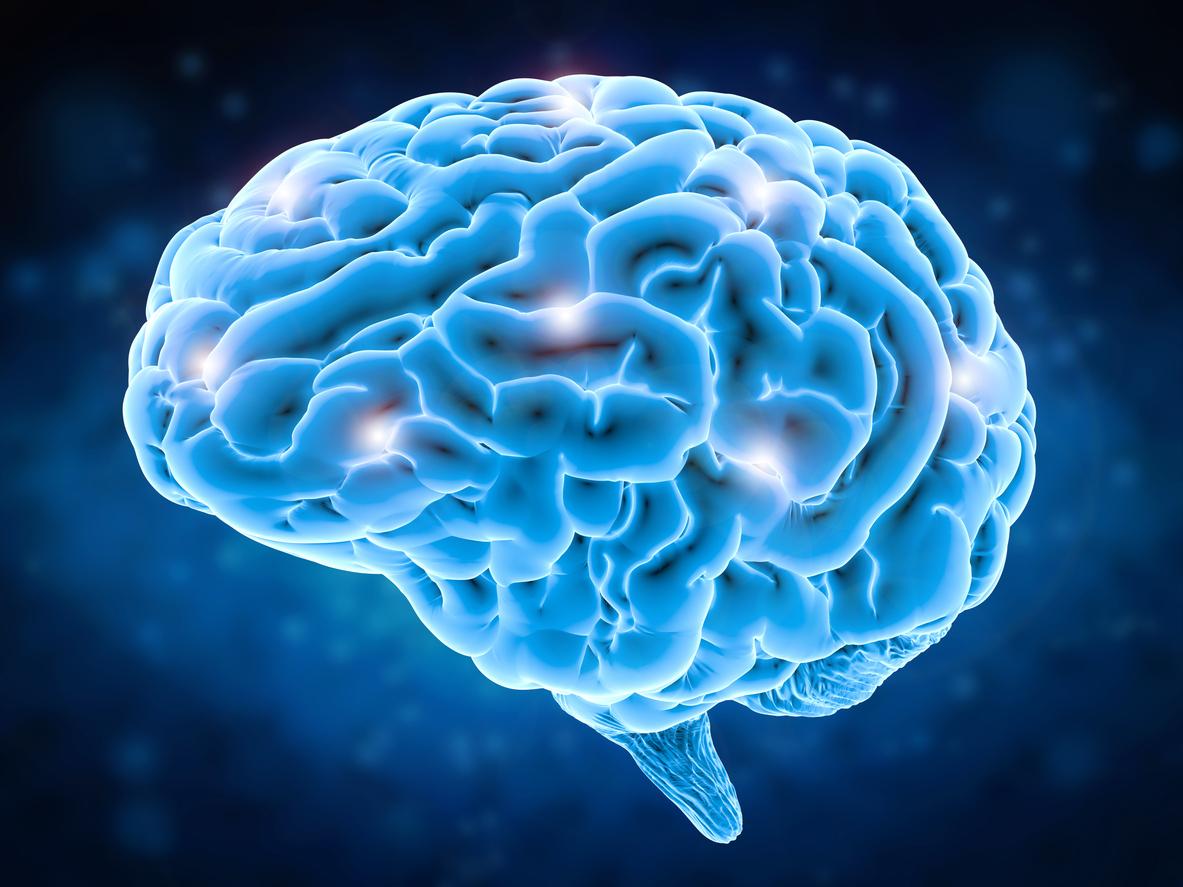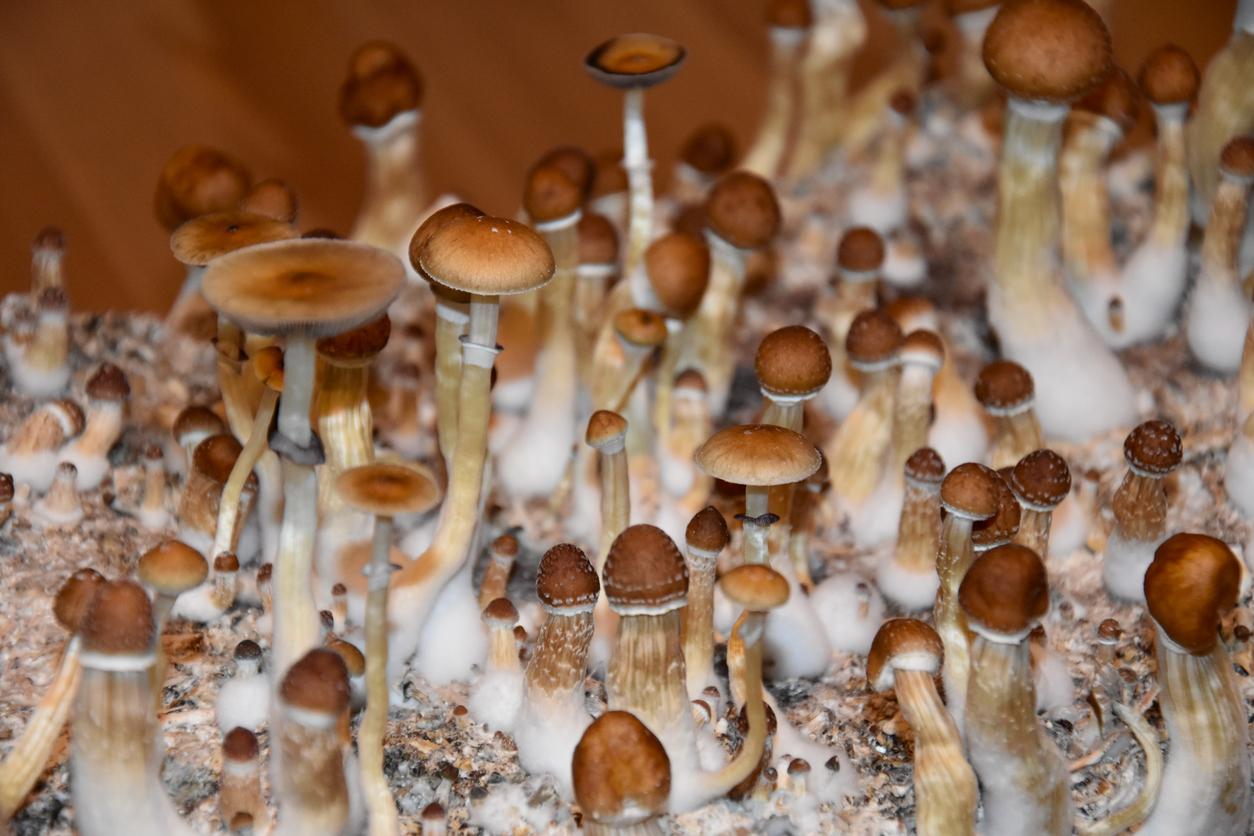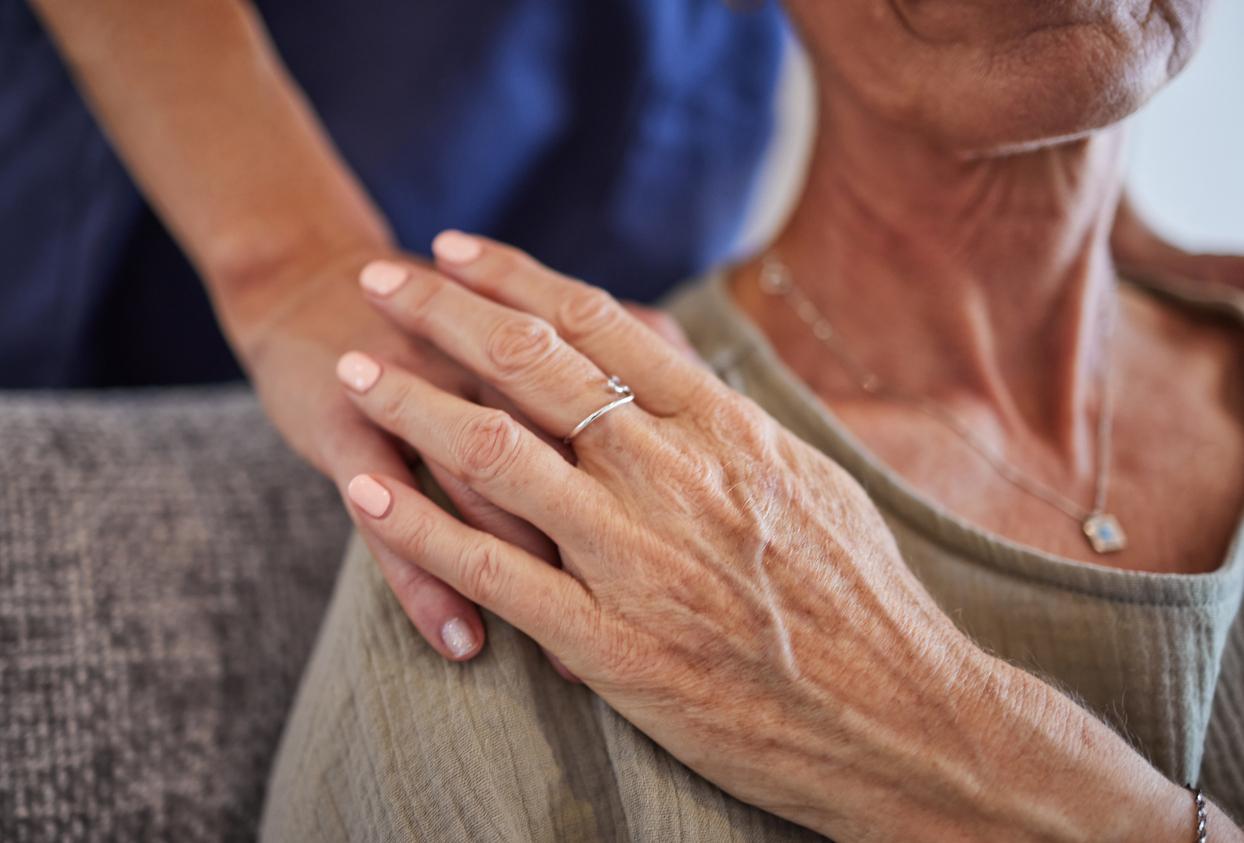Collecting the confidence of a suffering teenager is difficult because he does not spontaneously grant his trust. However, nearly 8% of young people between 12 and 18 years old suffer from depression. This is why, for the first time, the High Authority for Health (HAS) is publishing recommendations so that general practitioners can establish the correct diagnosis. “We want to help these primary care physicians to identify adolescent depressive suffering, to diagnose and assess the intensity of the depressive manifestation, to identify a suicidal crisis, to institute appropriate care and to refer him to specialized care if necessary “explains the health authority.
Do not confuse depression and depression
One of the first steps in identifying depression is not to confuse it with the depression experienced by a majority of young people during adolescence. “Depression is a normal and transient state during which the adolescent presents a series of symptoms such as gloom or emotional instability. But this state does not have a significant impact on the adolescent’s daily, relationship or school functioning, even if ‘it must still be monitored because it constitutes a risk factor towards true depression. On the other hand, depression (or characterized depressive episode) results in truly depressive symptoms: mood disorders, the course of thought, physical and instinctual disorders, negative cognitions and suicidal thoughts. These symptoms are long-lasting and lead to clinically significant suffering and a repercussion on the daily life of the adolescent “insists the HAS.
Establish the correct diagnosis
In the short term, the goal of managing depression is to manage the suicidal crisis and protect the adolescent. In the long term, we must help them overcome their vulnerabilities and regain their self-esteem. “To establish the diagnosis of depression, the symptoms must last at least 15 days and be at least five in number, including one of the two cardinal symptoms: depressed (or irritable) mood or loss of interest (or pleasure). doctor will assess the intensity of the depression (mild, moderate or severe) and its symptomatic characteristics (melancholic, atypical, anxious, mixed, psychotic) “explains the High Authority for Health, which recommends referring the suffering teenager first to therapy before possibly considering prescribing medication. “If after 4 to 8 weeks of psychotherapy, the symptoms persist, drug management may be considered. But only in combination with psychotherapy”.
Finally, hospitalization is reserved for certain serious situations, when the risk of committing suicide is imminent or if the family context is unfavorable.


















